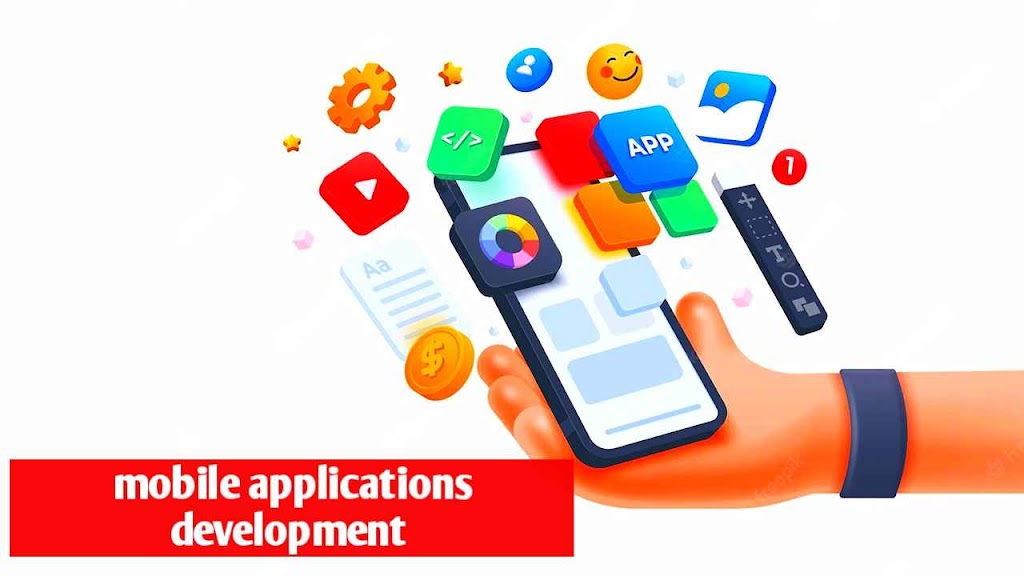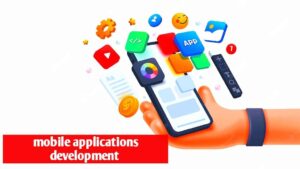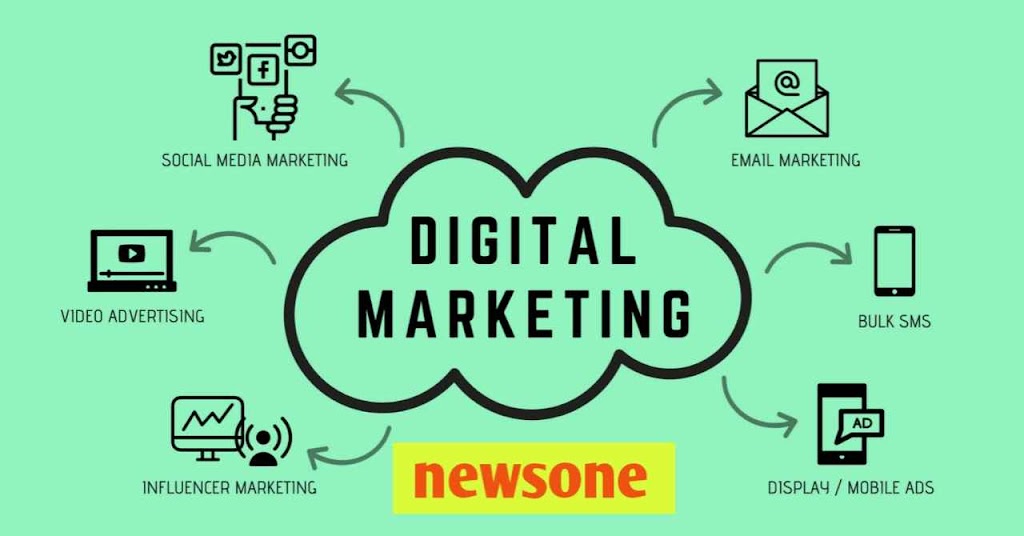
What are the steps involved in mobile app development?
What are the steps involved in mobile app development?
The mobile app development process typically involves the following steps:
Strategy and ideation:
This involves defining the purpose of the app, identifying the target audience, and researching the competition. It is also important to establish the app’s goals and objectives at this stage.
Analysis and planning:
Once the app’s strategy has been defined, it is important to develop a detailed plan for the development process. This includes creating a user experience (UX) and user interface (UI) design, as well as a technical roadmap.
UI/UX design:
The UI/UX design process involves creating a user-friendly and visually appealing interface for the app. This includes designing the app’s screens, menus, and buttons.
App development:
This is the stage where the app is actually built. This involves writing the code for the app’s backend and frontend.
Application testing:
Once the app has been developed, it is important to test it thoroughly to ensure that it is bug-free and functions as expected. This includes testing the app’s functionality, performance, and security.
Deployment:
Once the app has been tested and approved, it can be deployed to the app store. This involves submitting the app to the App Store or Google Play Store for review.
Support and maintenance:
Once the app has been deployed, it is important to provide ongoing support and maintenance. This includes fixing bugs, adding new features, and updating the app’s security.
It is important to note that the mobile app development process is not linear. There may be times when it is necessary to revisit previous steps, such as the design or development phase. This is especially true for complex apps with many features.
Additionally, the mobile app development process can vary depending on the size and complexity of the app, as well as the experience of the development team. For example, a small app with a simple design may only take a few weeks to develop, while a large and complex app may take several months or even years to develop.



